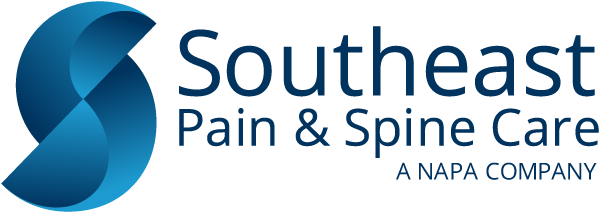Diagnosing Myofascial Pain Syndrome
PUBLISHED ON:
May 14, 2022
Myofascial pain syndrome is a condition that affects the muscles and their surrounding tissues. The pain is stimulated by pressure, spreading from one spot to another. In most cases, Myofascial syndrome is confused with Fibromyalgia, but they are diverse.
Myofascial pain syndrome isn’t picky and can strike anyone at any time. Anyone from expectant mothers to old age people in their forties can be struck by muscle pain. However, the pain becomes unbearable for some people and lingers in their bodies for long. If you experience prolonged muscle pain, it could be myofascial syndrome, and you need to seek treatment.
How Myofascial Pain Syndrome is diagnosed
Myofascial pain syndrome is one of the overlooked and underdiagnosed diseases. Some might mistake it for bones, nerves, or ligament problems, but it is an issue in your muscles. The syndrome doesn’t have any visible signs like swelling or redness, and it cannot be diagnosed through laboratory tests, electromyography, or imaging tests.
The best way to detect myofascial pain syndrome is through physical muscle examination to feel muscles taut bands and find tender spots. When your healthcare provider exerts pressure on a trigger point, you will feel pain immediately or in the surrounding area.
The trigger points are available in four types:
- Active trigger point: area within the muscle and exerted pressure on the point result in regional or local pain.
- Secondary trigger point: it is in the muscle, and it becomes irritating when you trigger the active trigger point.
- Satellite trigger point: an inactive point as it overlaps with other trigger points region.
- Latent trigger point: it is a dormant spot but can be active
How to Treat Myofascial Pain Syndrome
When you experience myofascial syndrome, it is best to get treatments as soon as you develop early symptoms to avoid establishing trigger points. There are different types of treatment, and medical professionals use these combinations of treatments to restore your muscles.
- Physical therapy: to stretch, relax and strengthen your muscles
- Relaxation therapy or acupuncture: involves cognitive behavioral therapy and biofeedback, which decreases your level of anxiety and enhances sleep.
- Wet needling: the doctor injects lidocaine using a needle into the trigger spots to relieve pain.
- Dry needling: involves pushing multiple thin needles into the trigger areas to enhance blood flow, relieve pain, and decrease tightness.
- Cold Laser/ Low-level light therapy: using lasers to arouse the discharge of pain-relieving chemicals
- Transcutaneous Electrical Nerve Stimulation: your healthcare provider attaches pads to your skin that sends low-voltage electrical signals to your body.
Your healthcare provider may also suggest other prescription medications, including,
- Antidepressants
- Muscle relaxants
- Analgesics
- Steroids
- Nonsteroidal anti-inflammatory
Myofascial pain syndrome is an overlooked and underdiagnosed problem. It can happen to anyone, no matter your age. If you are unsure of myofascial syndrome and how to diagnose it, fill out the form below to contact us, Southeast Pain & Spine Care team.
PUBLISHED ON:
May 14, 2022


